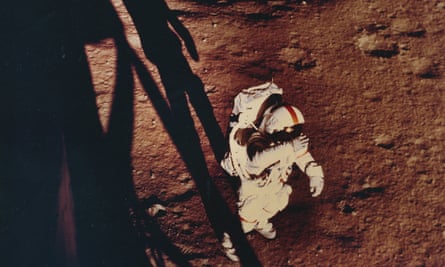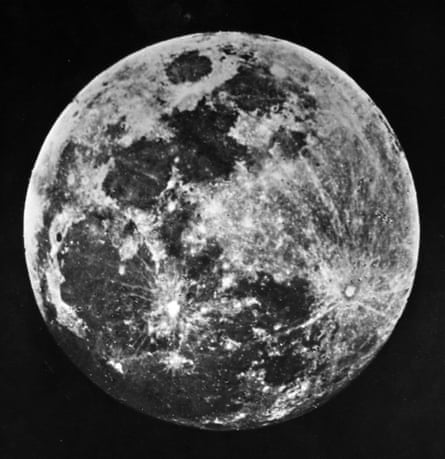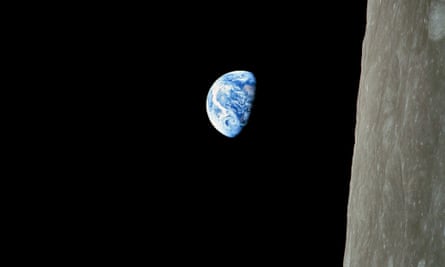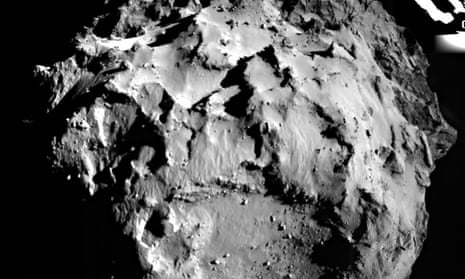It was a bit of a “where were you?” moment for me. I was 15 and had just had my leg broken by an overenthusiastic goalkeeper. I was in a fair bit of discomfort lying in the school medical room waiting for an ambulance. And on the black and white telly in the corner, American astronauts were gambolling on the moon. That “one small step” was history. By 1971, playing golf shots was the order of the day.

Humans have always been fascinated by the heavens above. Photography pioneers were no different. Dr JW Draper of New York took one of the first ever pictures of the moon in 1840 – how interesting that the moon was a subject so soon after photography’s invention.

The photography of the space missions since the moon landings has been both astonishing and at times slightly disappointing. Shot with machine-controlled cameras mounted on fragile spacecraft travelling millions of miles past the moon, they often owe more to happenstance than any sort of decisive moment.
Rather than having Alan Shepard and others with their beautiful Hasselblad work, we now have an image of comet 67P/Churyumov-Gerasimenko shot by a camera aboard the rapidly approaching Philae landing craft.

Of course this is a miracle: a huge rock in space, 300m miles away, moving at 40,000mph, and here’s our little craft snapping away as it bounces down on to it. It’s a miracle, but the pictures when they come through are a disappointment photographically. They’re in black and white and there’s some sort of landing leg in the way. The images have a pioneering magic, but not the beauty of the 1968 Earthrise image taken by a moon-orbiting Apollo 8 or the 1972 beauty that became known as the Blue Marble picture of Earth.
These photographs inspired a generation of environmentalists to try to save their home planet. To others they were totally humbling: putting humanity and the planet into context at last.

Comments (…)
Sign in or create your Guardian account to join the discussion